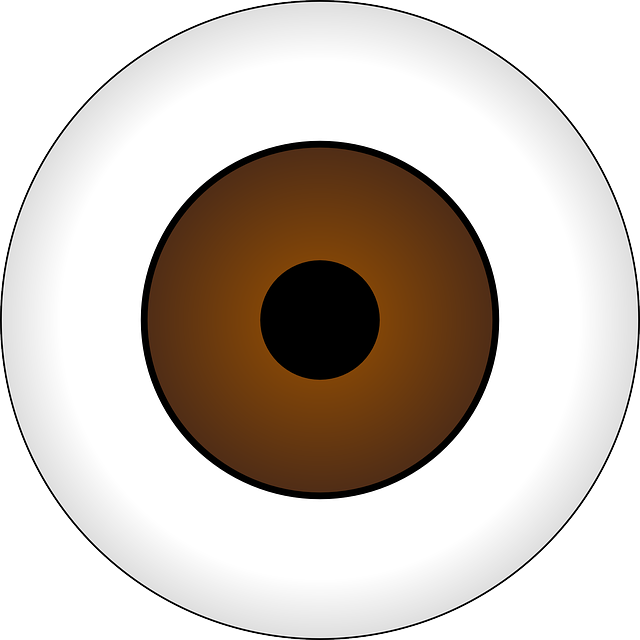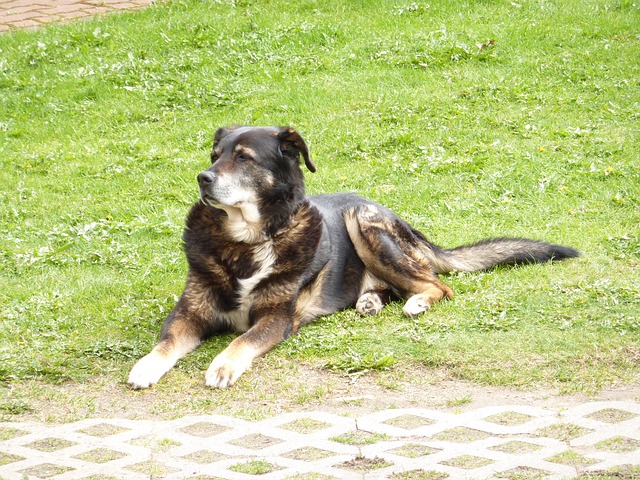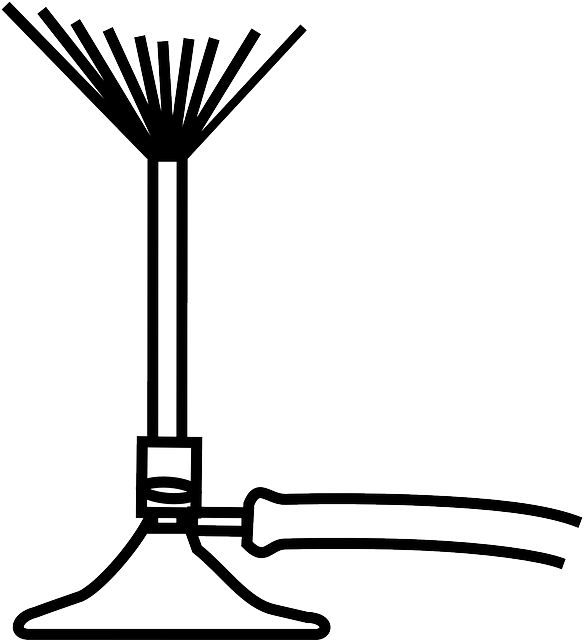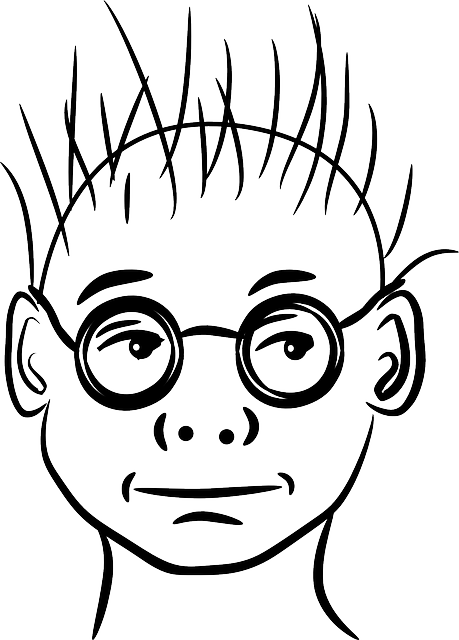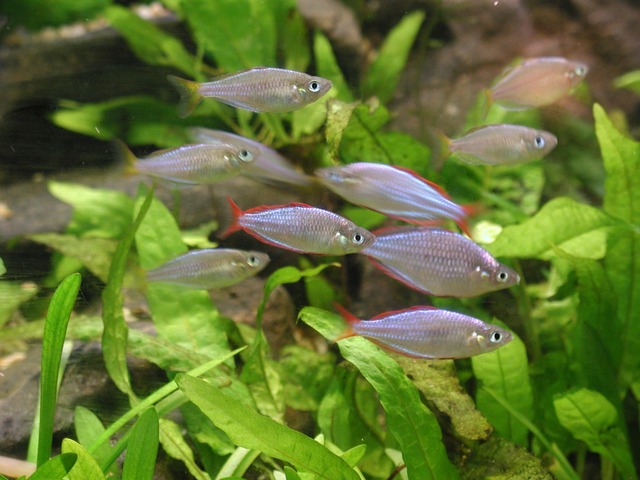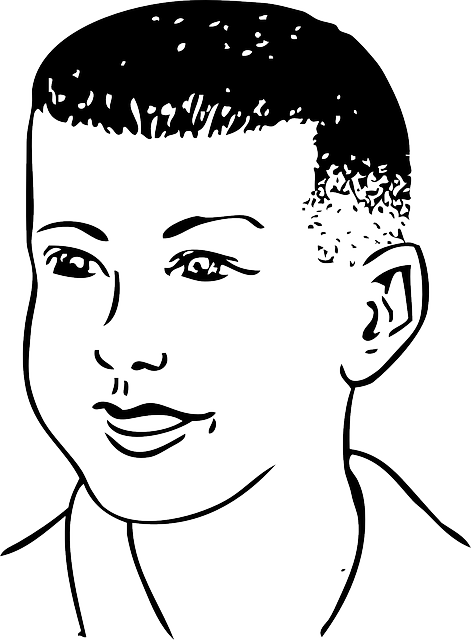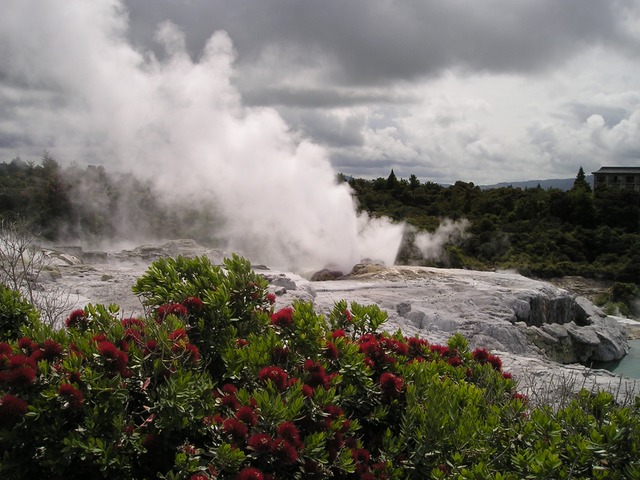تحني
| تحني | |
|---|---|
| جنديان في البحرية الأمريكية في غرفة معادلة الضغط. | |
| التبويب والمصادر الخارجية | |
| ICD-10 | T70.3 |
| ICD-9-CM | 993.3 |
| DiseasesDB | 3491 |
| eMedicine | emerg/121 |
| Patient UK | تحني |
| MeSH | C21.866.120.248 |
التحني Decompression sicknessK حالة مؤلمة وخطيرة تنتج عن تكون فقاعات غازية في مجرى الدم وأنسجة الجسم. وتحدث الحالة عندما ينخفض الضغط الجوي المحيط بالجسم بسرعة فائقة. ويطلق على سقم التحني أيضًا اسم سقم زوال الضغط أوسقم القيسون، حيث يصيب الغواصين والعاملين في القيسونات (الحجرات المحكمة). انظر: الحجرة المحكمة. ويصاب هؤلاء بالسقم إذا ما عادوا إلى سطح الماء أوإلى مستوى سطح الأرض بسرعة كبيرة. وقد يتعرض ركاب الطائرات أيضًا إلى سقم التحني إذا توقف نظام معادلة الضغط الجوي في الطائرة عن العمل.
فعندما ينخفض الضغط الجوي بسرعة كبيرة، يندفع غازالنيتروجين الموجود في شكل محلول في سوائل الجسم خارج المحلول ويكوّن فقاعات غازية، وتتسبب تلك الفقاعات في تمدد أوانقطاع الأنسجة أوإعاقة الدورة الدموية. ومن الأعراض الشائعة لسقم التحني حدوث آلام في المفاصل أوالعظام مع حكة أوالتهاب بالجلد وصعوبة في التنفس وشلل جزئي أوكلي. أما الأعراض الأقل شيوعًا فتضم الدوار والدوخة والقيئ والتشنجات والإغماء. وقد يتسبب السقم في الوفاة في بعض الحالات.
يرتدي رواد الفضاء الذين يقومون بأعمال خارج مركباتهم الفضائية بدلات خاصة تحتوي على ضغط غازي منخفض. وقبل أداء أي عمل خارج مركبة الفضاء يتنفس الرواد الأكسجين النقي لمدة ثلاث أوأربع ساعات لطرد أكبر كمية ممكنة من النيتروجين من الجسم، مما يقلل من احتمالات الإصابة بسقم التحني أثناء عملهم خارج مركبة الفضاء. وبالمثل، يمكن للعاملين في القيسونات والغواصين تنفس الأكسجين النقي قبل وأثناء صعودهم إلى سطح الماء للحد من احتمالات الإصابة بسقم التحني.
ويمكن تجنب السقم بزيادة الضغط الجوي، ويتم ذلك عادة في حجرات ضغط محكمة الإغلاق، حيث تؤدي زيادة الضغط الجوي إلى الضغط على فقاعات النيتروجين مما يسبب عودة جزء من النيتروجين مرة أخرى إلى سوائل الجسم. ويخفض الضغط بعد ذلك تدريجيًا بحيث يهجر النيتروجين الجسم بدون حدوث فقاعات كثيرة. وقد يتسبب تكرار الإصابة بسقم التحني في حدوث أضرار دائمة.
التصنيف
Decompression illness and dysbarism
العلامات والأمراض
| نوع التحني | مكان الفقاعات | الأعراض & العلامات (العلامات السريرية) |
|---|---|---|
| تحني | يصيب معظم أربطة الجسم (المرفقين, الأكتاف, hip, المعصمين, الركب, الكاحلين) |
|
| تحني الجلد | الجلد |
|
| عصبي | المخ |
|
| Spinal cord |
|
|
| Peripheral nerves |
|
|
| Inner ear, "the staggers" |
|
|
| Chokes | الرئتين |
|
التكرار
The distribution of symptoms of DCS observed by the U.S. Navy are as follows:
| النسبة المئوية للاصابة | Symptoms |
|---|---|
| 89% | local joint pain |
| 70% | arm symptoms |
| 30% | leg symptoms |
| 5.3% | dizziness |
| 2.3% | paralysis |
| 1.6% | shortness of breath |
| 1.3% | extreme fatigue |
| 0.5% | collapse/unconsciousness |
Onset
| Percentage of cases | Time to the onset of first symptoms |
|---|---|
| 42% | within 1 hour |
| 60% | within ثلاثة hours |
| 83% | withinثمانية hours |
| 98% | within 24 hours |
| 100% | within 48 hours |
The table does not differentiate between types of DCS, or types of symptom.
الأسباب
مغادرة بيئة الضغط العالي
النزول الى العمق
الصعود إلى مكان المرتفع
عوامل مهيئة
بيئية
فردية
الآلية
غازات خاملة أخرى
Isobaric counterdiffusion
سقم معادلة الضغط
الأعراض
الوقاية
الآثار المترتبة على استنشاق أكسجين نقي
العلاج
الأعراض
فهم الأوبئة
التاريخ
المجتمع والثقافة
تأمين طبي
انظر أيضا
- Hyperbaric chamber
- Hyperbaric medicine
- Decompression illness
- Ebullism
الهوامش
المصادر
-
^ خطأ استشهاد: وسم
<ref>غير سليم؛ لا نص تم توفيره للمراجع المسماةpmid12562679 -
^ خطأ استشهاد: وسم
<ref>غير سليم؛ لا نص تم توفيره للمراجع المسماةpowell2008-70 - ^ Tables based on US Navy tables have a safety stop at 15 قدم (4.6 م); BSAC tables have a safety stop atستة مترs (20 قدم); Bühlmann tables have a safety stop at ثلاثة مترs (9.8 قدم)
المراجع
- الموسوعة المعهدية الكاملة
- Hamilton, Robert W; Thalmann, Edward D (2003). "10.2: Decompression Practice". In Brubakk, Alf O; Neuman, Tom S (eds.). Bennett and Elliott's physiology and medicine of diving, 5th Revised edition. United States: Saunders Ltd. pp. 455–500. ISBN . OCLC 51607923.
- Francis, T James R; Mitchell, Simon J (2003). "10.4: Pathophysiology of Decompression Sickness". In Brubakk, Alf O; Neuman, Tom S (eds.). Bennett and Elliott's physiology and medicine of diving, 5th Revised edition. United States: Saunders Ltd. pp. 530–56. ISBN . OCLC 51607923.
- Francis, T James R; Mitchell, Simon J (2003). "10.6: Manifestations of Decompression Disorders". In Brubakk, Alf O; Neuman, Tom S (eds.). Bennett and Elliott's physiology and medicine of diving, 5th Revised edition. United States: Saunders Ltd. pp. 578–99. ISBN . OCLC 51607923.
- Marx, John (2010). Rosen's emergency medicine: concepts and clinical practice (7th ed.). Philadelphia, PA: Mosby/Elsevier. ISBN .
- Powell, Mark (2008). Deco for Divers. Southend-on-Sea: Aquapress. ISBN .
وصلات خارجية
- Decompression Sickness: Prevention, Risks, Exercise, PFO, References, Links
- Environmental Physiology Medical Literature
- What causes the bends?
- Divers Alert Network: diving medicine articles
- Dive Tables from the NOAA
خطأ استشهاد: وسوم <ref> موجودة لمجموعة اسمها "note"، ولكن لم يتم العثور على وسم <references group="note"/> أوهناك وسم </ref> ناقص
- ^ Vann, Richard D, ed. (1989). "The Physiological Basis of Decompression". 38th Undersea and Hyperbaric Medical Society Workshop. 75(Phys)6-1-89: 437. Retrieved 15 May 2010.
- ^ Francis & Mitchell p. 578
- ^ Francis & Mitchell p. 579
- ^ Francis & Mitchell p. 580
- ^ Marx p. 1908
- ^ Pulley, Stephen A (27 November 2007). "Decompression Sickness". Medscape. Retrieved 15 May 2010.
- ^ نطقب:Cite manual
- ^ Powell p. 71
- ^ Powell p. 70
-
^ Doolette, David J; Mitchell, Simon J (2003). "Biophysical basis for inner ear decompression sickness". Journal of Applied Physiology. 94 (6): 2145–50. doi:10.1152/japplphysiol.01090.2002. PMID 12562679. Retrieved 15 May 2010. Unknown parameter
|doi_brokendate=ignored (help) - ^ نطقب:Cite manual
- ^ TDI Decompression Procedures Manual (Rev 1c), page 38
- ^ Elliott, David H (1999). "Early Decompression experience: Compressed air work". South Pacific Underwater Medicine Society journal. 29 (1). ISSN 0813-1988. OCLC 16986801. Retrieved 18 May 2010.
- ^ Vann, Richard D; Torre-Bueno, JR (1984). "A theoretical method for selecting space craft and space suit atmospheres". Aviation, Space, and Environmental Medicine. 55 (12): 1097–102. ISSN 0095-6562. PMID 6151391.
-
^ Brubakk, Alf O. (2003). Bennett and Elliott's physiology and medicine of diving, 5th Rev ed. United States: Saunders Ltd. ISBN . Unknown parameter
|coauthors=ignored (|author=suggested) (help) - ^ Benton, BJ (2001). "Acute Decompression Illness (DCI): the Significance of Provocative Dive Profiles". Undersea and Hyperbaric Medicine Abstract. 28 (Supplement). ISSN 1066-2936. OCLC 26915585. Retrieved 18 May 2010.
- ^ Wong, RM (1999). "Taravana revisited: Decompression illness after breath-hold diving". South Pacific Underwater Medicine Society journal. 29 (3). ISSN 0813-1988. OCLC 16986801. Retrieved 18 May 2010.
- ^ Ohta, Yoshimi; Matsunaga, Hitoshi (February 1974). "Bone lesions in divers". Journal of Bone and Joint Surgery. British Editorial Society of Bone and Joint Surgery. 56B (1): 3–15. Retrieved 18 May 2010.
- ^ Dehart, RL; Davis, JR (2002). Fundamentals Of Aerospace Medicine: Translating Research Into Clinical Applications (3rd Rev ed.). United States: Lippincott Williams And Wilkins. p. 720. ISBN .
- ^ Pilmanis, Andrew A (1990). "The Proceedings of the Hypobaric Decompression Sickness Workshop". US Air Force Technical Report. AL-SR-1992-0005. Retrieved 18 May 2010.
- ^ Gerth, Wayne A; Vann, Richard D (1995). "Statistical Bubble Dynamics Algorithms for Assessment of Altitude Decompression Sickness Incidence". US Air Force Technical Report. TR-1995-0037. Retrieved 18 May 2010.
- ^ Vann, Richard D; Gerth, Wayne A; DeNoble, Petar J; Pieper, Carl F; Thalmann, Edward D (2004). "Experimental trials to assess the risks of decompression sickness in flying after diving". Undersea and Hyperbaric Medicine. 31 (4): 431–44. ISSN 1066-2936. OCLC 26915585. PMID 15686274. Retrieved 18 May 2010.
- ^ Robinson, RR; Dervay, JP; Conkin, Johnny. "An Evidenced-Based Approach for Estimating Decompression Sickness Risk in Aircraft Operations" (PDF). NASA STI Report Series. NASA/TM—1999–209374. Retrieved 18 May 2010.
- ^ Powell, Michael R (2002). "Decompression limits in commercial aircraft cabins with forced descent". Undersea and Hyperbaric Medicine. Supplement (abstract). Retrieved 18 May 2010.
-
^ Pollock, Neal W; Natoli, Michael J; Gerth, Wayne A; Thalmann, Edward D; Vann, Richard D (2003). "Risk of decompression sickness during exposure to high cabin altitude after diving". Aviation, Space, and Environmental Medicine. 74 (11): 1163–8. PMID 14620473. Retrieved 18 May 2010. Unknown parameter
|month=ignored (help) - ^ Brown, JR; Antuñano, Melchor J (14 July 2005). "Altitude-Induced Decompression Sickness" (PDF). AM-400-95/2. Federal Aviation Administration. Retrieved 27 June 2010.
- ^ Fryer, DI (1969). Subatmospheric decompression sickness in man. England: Technivision Services. p. 343. ISBN .
- ^ Bassett, Bruce E (1982). "Decompression Procedures for Flying After Diving, and Diving at Altitudes above Sea Level". US Air Force School of Aerospace Medicine Technical Report. SAM-TR-82-47. Retrieved 18 May 2010.
- ^ Sheffield, Paul J; Vann, Richard D (2002). . United States: Divers Alert Network. p. 127. ISBN . Retrieved 18 May 2010.
- ^ Vann, Richard D; Pollock, Neal W; Freiberger, John J; Natoli, Michael J; Denoble, Petar J; Pieper, Carl F (2007). "Influence of bottom time on preflight surface intervals before flying after diving". Undersea and Hyperbaric Medicine. 34 (3): 211–20. PMID 17672177. Retrieved 18 May 2010.
- ^ Egi, SM; Brubakk, Alf O (1995). "Diving at altitude: a review of decompression strategies". Undersea and Hyperbaric Medicine. 22 (3): 281–300. ISSN 1066-2936. OCLC 26915585. PMID 7580768. Retrieved 18 May 2010.
- ^ Karlsson, L; Linnarson, D; Gennser, M; Blogg, SL; Lindholm, Peter (2007). "A case of high doppler scores during altitude decompression in a subject with a fractured arm". Undersea Hyperbaric Medicine. 34 (Supplement). ISSN 1066-2936. OCLC 26915585. Retrieved 18 May 2010.
- ^ Gerth, Wayne A; Ruterbusch, VL; Long, Edward T (2007). "The Influence of Thermal Exposure on Diver Susceptibility to Decompression Sickness". United States Navy Experimental Diving Unit Technical Report. NEDU-TR-06-07. Retrieved 18 May 2010.
- ^ Boycott, AE; Damant, JCC (1908). "Experiments on the influence of fatness on susceptibility to caisson disease". Journal of Hygiene. Cambridge University Press. 8: 445–56. doi:10.1017/S0022172400015862.
- ^ Leigh, BC; Dunford, Richard G (2005). "Alcohol use in scuba divers treated for diving injuries: A comparison of decompression sickness and arterial gas embolism" (PDF). Alcoholism: Clinical and Experimental Research (29 (Suppl.), 157A). Presented at the Annual Meeting of the Research Society on Alcoholism, Santa Barbara, California, June 2005.
- ^ Walder, Dennis N (1945). "The Surface Tension of the Blood Serum in 'Bends'". Royal Air Force Technical Report.
- ^ Moon, Richard E; Kisslo, Joseph (1998). "PFO and decompression illness: An update". South Pacific Underwater Medicine Society journal. 28 (3). ISSN 0813-1988. OCLC 16986801. Retrieved 18 May 2010.
- ^ Hamilton & Thalmann p. 455
- ^ Hamilton & Thalmann p. 471
- ^ Hamilton & Thalmann pp. 456–7
- ^ Hamilton & Thalmann pp. 471–3
- ^ Hamilton & Thalmann pp. 474–5
- ^ Hamilton & Thalmann p. 456
- ^ Nevills, Amiko (2006). "Preflight Interview: Joe Tanner". NASA. Retrieved 26 June 2010.
- ^ Webb, James T; Olson, RM; Krutz, RW; Dixon, G; Barnicott, PT (1989). "Human tolerance to 100% oxygen at 9.5 psia during five daily simulated 8-hour EVA exposures". Aviation Space and Environmental Medicine. 60 (5): 415–21. PMID 2730484.
- ^ Ackles, KN (1973). "Blood-Bubble Interaction in Decompression Sickness". Defence R&D Canada (DRDC) Technical Report. DCIEM-73-CP-960. Retrieved 23 May 2010.
- ^ Nishi, Ron Y; Brubakk, Alf O; Eftedal, Olav S (2003). "10.3: Bubble Detection". In Brubakk, Alf O; Neuman, Tom S (eds.). Bennett and Elliott's physiology and medicine of diving, 5th Revised edition. United States: Saunders Ltd. p. 501. ISBN . OCLC 51607923.
- ^ Kindwall, Eric P; Baz, A; Lightfoot, EN; Lanphier, Edward H; Seireg, A (1975). "Nitrogen elimination in man during decompression". Undersea Biomedical Research. 2 (4): 285–97. ISSN 0093-5387. OCLC 2068005. PMID 1226586. Retrieved 23 May 2010.
- ^ Kindwall, Eric P (1975). "Measurement of helium elimination from man during decompression breathing air or oxygen". Undersea Biomedical Research. 2 (4): 277–84. ISSN 0093-5387. OCLC 2068005. PMID 1226585. Retrieved 23 May 2010.
- ^ Hamilton & Thalmann p. 475
- ^ Wienke, Bruce R; O'Leary, Timothy R (10 October 2002). "Deep stops and deep helium" (PDF). RGBM Technical Series 9. Tampa, Florida: NAUI Technical Diving Operations. Retrieved 27 June 2010.
- ^ Francis, T James R; Smith, DJ (1991). "Describing Decompression Illness". 42nd Undersea and Hyperbaric Medical Society Workshop. 79(DECO)5-15-91. Retrieved 23 May 2010.
- ^ Francis & Mitchell pp. 580–41
- ^ Fife, William P (1979). "The use of Non-Explosive mixtures of hydrogen and oxygen for diving". Texas A&M University Sea Grant. TAMU-SG-79-201.
- ^ Brauer, RW, ed. (1985). "Hydrogen as a Diving Gas". 33rd Undersea and Hyperbaric Medical Society Workshop. Undersea and Hyperbaric Medical Society (UHMS Publication Number 69(WS-HYD)3-1-87). Retrieved 23 May 2010.
- ^ Hamilton & Thalmann p. 477
- ^ Divers Alert Network (1997). "Report on Diving Accidents and Fatalities in 1995". Divers Alert Network. Retrieved 23 May 2010.
- ^ Moon, Richard E (1998). "Assessment of patients with decompression illness". South Pacific Underwater Medicine Society journal. 28 (1). Retrieved 23 May 2010.
- ^ Moon, Richard E; Sheffield, Paul J, eds. (1996). "Treatment of Decompression Illness. 45th Undersea and Hyperbaric Medical Society Workshop". UHMS Publication Number WD712. Undersea and Hyperbaric Medical Society: 426. Retrieved 25 May 2010.
- ^ Marx p. 1912
- ^ Marx p. 1813
- ^ Keays, FJ (1909). "Compressed air illness, with a report of 3,692 cases". Department of Medicine Publications of Cornell University Medical College. 2: 1–55.
- ^ Yarbrough, OD; Behnke, Albert R (1939). "The treatment of compressed air illness using oxygen". Journal of industrial hygiene and toxicology. 21: 213–218. ISSN 0095-9030.
- ^ Berghage, Thomas E; Vorosmarti Jr, James; Barnard, EEP (1978). "Recompression treatment tables used throughout the world by government and industry". US Naval Medical Research Center Technical Report. NMRI-78-16. Retrieved 25 May 2010.
- ^ Edmonds, Carl (1998). "Underwater oxygen for treatment of decompression sickness: A review". South Pacific Underwater Medicine Society journal. 25 (3). ISSN 0813-1988. OCLC 16986801. Retrieved 2008-04-05.
- ^ Pyle, Richard L; Youngblood, David A (1995). "In-water Recompression as an emergency field treatment of decompression illness". AquaCorp. 11. Retrieved 25 May 2010.
- ^ Kay, Edmond; Spencer, Merrill P (1999). . United States: Undersea and Hyperbaric Medical Society. p. 108. Retrieved 25 May 2010.
- ^ Longphre, John M; DeNoble, Petar J; Moon, Richard E; Vann, Richard D; Freiberger, John J (2007). "First aid normobaric oxygen for the treatment of recreational diving injuries". Undersea and Hyperbaric Medicine. 34 (1): 43–49. ISSN 1066-2936. OCLC 26915585. PMID 17393938. Retrieved 25 May 2010.
-
^ Bennett, Peter B; Dovenbarger, Joel A; Corson, Karen (1991). Nashimoto, I; Lanphier, EH (eds.). "What is Bends?". 43rd Undersea and Hyperbaric Medical Society Workshop. Undersea and Hyperbaric Medical Society. 80(BENDS)6-1-91: 13–20. Retrieved 30 May 2010.
|chapter=ignored (help) - ^ Dovenbarger, Joel A (1988). "Report on Decompression Illness and Diving Fatalities (1988)". Divers Alert Network. Retrieved 30 May 2010.
- ^ Desola, J (1989). "Epidemiological review of 276 dysbaric diving accidents". Proceedings XV Meeting European Undersea Biomedical Society: 209.
- ^ "Project Dive Exploration: Project Overview". Divers Alert Network. 2010. Retrieved 30 May 2010.
- ^ Acott, Chris (1999). "The diving "Law-ers": A brief resume of their lives". South Pacific Underwater Medicine Society journal. South Pacific Underwater Medicine Society. 29 (1). ISSN 0813-1988. OCLC 16986801. Retrieved 30 May 2010.
- ^ Marx p. 1903
- ^ Acott, Chris (1999). "A brief history of diving and decompression illness". South Pacific Underwater Medicine Society journal. South Pacific Underwater Medicine Society. 29 (2). ISSN 0813-1988. OCLC 16986801. Retrieved 30 May 2010.
- ^ Butler, WP (2004). "Caisson disease during the construction of the Eads and Brooklyn Bridges: A review". Undersea and Hyperbaric Medicine. 31 (4): 445–59. PMID 15686275. Retrieved 30 May 2010.
- ^ Smith, Andrew Heermance (1886). . George S. Davis. Retrieved 30 May 2010.
-
^ McCullough, David (2001). . Simon & Schuster. ISBN . Retrieved 30 May 2010. Unknown parameter
|month=ignored (help) - ^ Hill, Leonard Erskine (1912). . London: Arnold. Retrieved 30 May 2010.
- ^ Boycott, AE; Damant, GCC; Haldane, John Scott (1908). "Prevention of compressed air illness". Journal of Hygiene. 8 (3): 342–443. doi:10.1017/S0022172400003399. PMC 2167126. PMID 20474365. Retrieved 30 May 2010.
- ^ Lippmann, John; Mitchell, Simon (2005). Deeper into Diving (2nd ed.). Melbourne, Australia: J L Publications. pp. 65–66. ISBN .
-
^ Thalmann, Edward D (1990). Bennett, Peter B; Moon, Richard E (eds.). "Diving Accident Management". 41st Undersea and Hyperbaric Medical Society Workshop. Undersea and Hyperbaric Medical Society. 78(DIVACC)12-1-90. Retrieved 30 May 2010.
|chapter=ignored (help) - ^ Behnke, Albert R; Shaw, Louis A; Messer, Anne C; Thomson, Robert M; Motley, E Preble (January 31, 1936). "The circulatory and respiratory disturbances of acute compressed-air illness and the administration of oxygen as a therapeutic measure". Americal Journal of Physiology. 114 (3): 526–533. Retrieved 30 May 2010.
- ^ Workman, Robert D (1957). "Calculation of air saturation decompression tables". Navy Experimental Diving Unit Technical Report. NEDU-RR-11-57. Retrieved 30 May 2010.
- ^ Carson, Daryl. "Dive Computer Evolution". Skin-Diver.com. Retrieved 30 May 2010.
-
^ Golding, F Campbell; Griffiths, P; Hempleman, HV; Paton, WDM; Walder, DN (1960). "Decompression sickness during construction of the Dartford Tunnel". British Journal of Industrial Medicine. 17 (3): 167–80. PMC 1038052. PMID 13850667. Unknown parameter
|month=ignored (help) -
^ Weathersby, Paul K; Homer, Louis D; Flynn, Edward T (1984). "On the likelihood of decompression sickness". Journal of Applied Physiology. 57 (3): 815–25. PMID 6490468. Retrieved 2009-04-27. Unknown parameter
|month=ignored (help) - ^ Bühlmann, Albert A (1984). Decompression-Decompression Sickness. Berlin New York: Springer-Verlag. ISBN .



